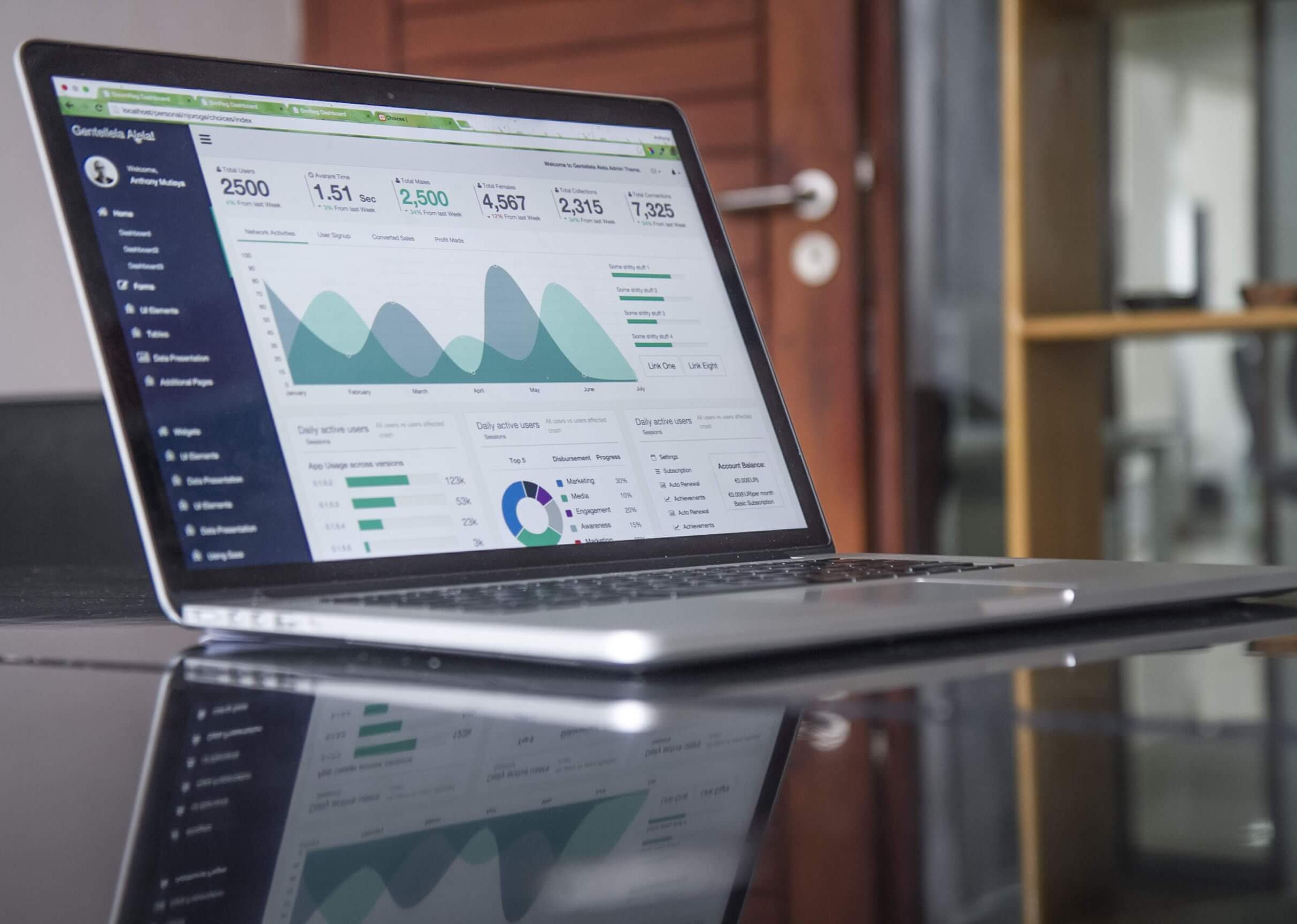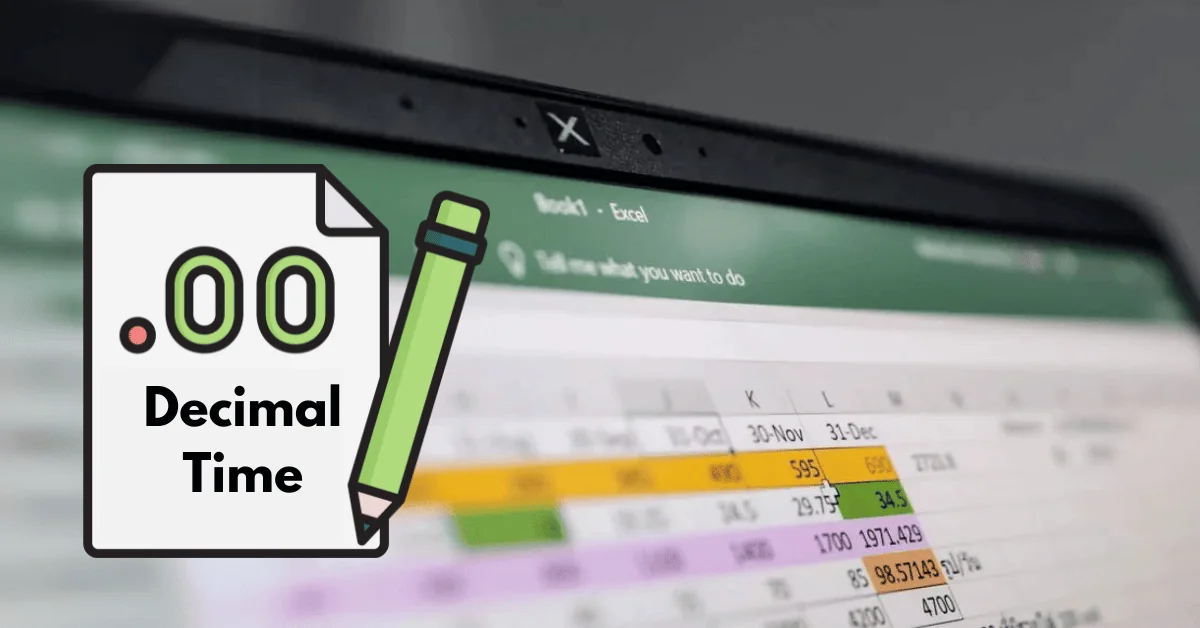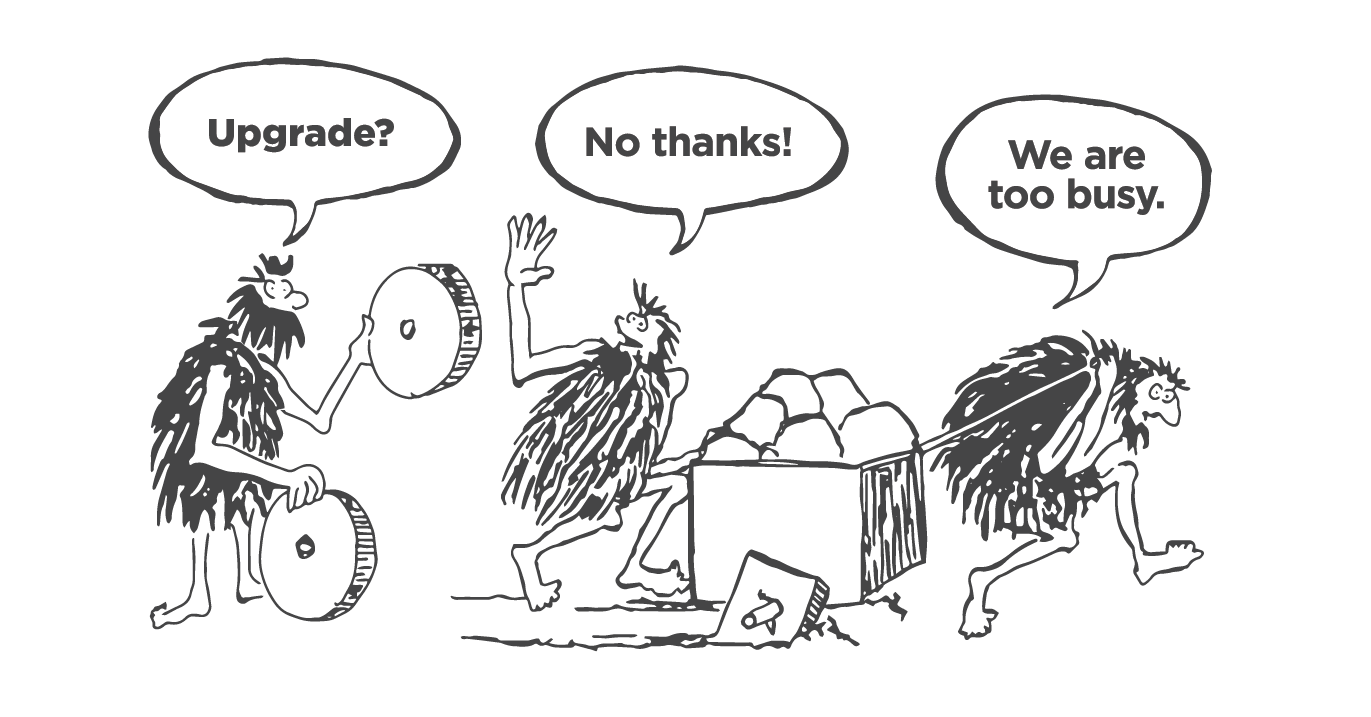
Bid Better With Better Data: Construction by the Numbers
Recently, I was working on a job and I had to tell my client, “Hey, it turns out this job is gonna cost a lot more than I thought.” The client said, “Ok, no problem, let me just open up my wallet, I’m happy to give you more money…”
Don’t believe me? Of course you don’t, because that would NEVER happen.
If you’ve been in this business for any longer than a hot minute, you’ll know that one of the worst things you can do is make a mistake when it comes to bidding on a job. And ninety-nine times out of a hundred, if you give an incorrect quote and go over budget it’s not coming out of your client’s wallet. It’s going to end up coming out of yours. Not to mention the fact that having to hustle your client for more money every time you’re short on change is no fun and just plain lousy customer service.
Nobody wants to be that guy.
But mistakes happen, and sometimes you end up underbidding. That’s just a reality of being in the construction business. The important thing to ask yourself is, “How can I keep this from being a regular thing?”
Data Isn’t a Dirty Word
Data. We talk about it a lot, and if you’re a brick and mortar, concrete and metal kind of guy, maybe it’s not the most exciting subject. But the word data doesn’t have to leave a bad taste in your mouth. At the end of the day, data is at the heart of everything you do and you need to have good data so that you know what’s happening at the job site. It’s really simple, accurate data leads to good information which leads to great decision making.
Which leads to an obvious question. How do you get good data? Let me ease your mind a little before you freak out. You don’t need to hire some hardcore business analyst or bury yourself in a mountain of spreadsheets to get the data you need to start making better bids. All you really need are simple, easy-to-use and effective tools that:
- Help gather the data you need
- Help organize the data so you don’t end up totally lost
Perhaps you’ve been looking for construction bidding software to help you get an idea of what you should be quoting on your jobs. Really, you don’t even need to go that far because construction bidding software is only as good as the information you put in it. So how do you get good information you ask, well, you have to start with the largest variable cost on the job site, labor. Start by using more accurate tools like Cloud-based construction time clock apps (that is, tools like busybusy). Calculating project costs becomes a heck-of-a-lot easier because with busybusy you can see your real labor costs for every project broken down for you in easy to read reports.
Going Into Labor (Costs)
Labor costs. That’s not a dirty word either, even though thinking about how much money you’re spending might make you feel a little queasy sometimes. Don’t worry. Once you start having more accurate information to make more accurate bids, you have the money to cover those payroll costs, and you’ll feel better because you used a tool that helped show you your labor costs during the entire project.
The next step is, you’re going to need to know a few things to get a completely accurate idea of your labor costs. These include your base rate, which is the combined total of what you’re paying for your crew’s wages plus your overall labor burden and your crew’s labor rate. A standard formula for this sort of thing might look like:
Crew’s hourly rate X 4 (# of workers) X 8 (# of weeks) X 40 (hours per week) = Cost of the project
Honestly, it’s even simpler than it looks. However, you have to be careful about any curveballs that might get thrown your way, like for example, not being sure exactly how much time employees will really spend on the job. When those hours are inaccurate (which they often are when you’re using paper timecards) you’re left footing the bill. A mobile app for time tracking can be your first step in making sure you have the right data to plug into that handy-dandy formula above. If the app is busybusy, it will just give you the answer and save you the hassle of even needing that formula.
Making a Calculated Effort
Now, let’s get to the good stuff. When you have all of this data ready and available, you can start putting it to good use. A mobile time tracking app like busybusy can essentially be a labor calculator as well, allowing you to take into account hourly rates, the labor burden of worker’s compensation and insurance on top of that (which can also be figured using a labor burden calculator). With a more accurate estimation of how much time people are actually spending on the job you can easily break down how much you’re actually paying to get things done.
With busybusy you can get the data you need to start bidding better and keep your jobs profitable. Learn more about busybusy and how it can help transform your construction business today.











